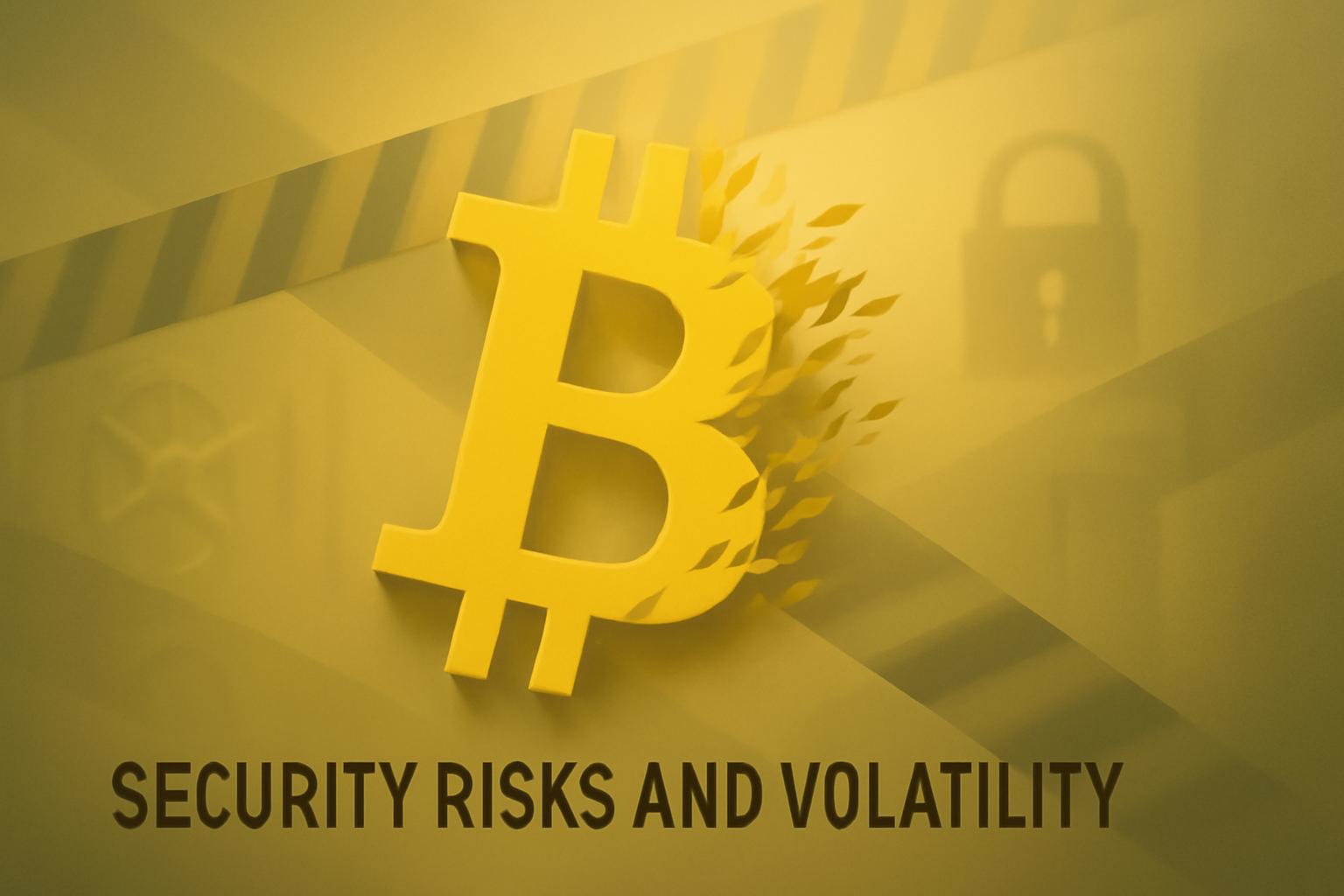The Myth of the Bitcoin Time-Travel Millionaire
It is a compelling fantasy to imagine traveling back to 2010, purchasing Bitcoin at a fraction of a cent, and returning today with a fortune worth millions. While Bitcoin’s initial recorded price in March 2010 was approximately $0.003 per BTC, and prices never exceeded $0.40 that year, turning such an investment into a multimillion-dollar portfolio demanded far more than simply buying early.
Prospective Bitcoin millionaires needed to accumulate substantial amounts of BTC, endure multiple devastating price crashes of 80% to 90%, survive exchange collapses like Mt. Gox, navigate evolving regulatory landscapes, and resist the temptation to liquidate during periods of extreme volatility.
Bitcoin’s Volatile Price History
Bitcoin’s journey from obscurity to six-figure valuations was marked by dramatic price swings that would have tested even the most resolute investors.
- 2010-2011: A $1 investment could purchase about 333 BTC at $0.003 each. By June 2011, when Bitcoin peaked near $30, that holding would be worth nearly $10,000 before plunging to approximately $666 after the crash.
- 2013: Bitcoin surged to $266 in April, inflating the same stake to roughly $88,000, only to fall to about $16,500 in the summer. By November’s peak near $1,000, the investment would be worth around $333,000.
- 2014-2015: The Mt. Gox exchange collapse severely damaged market confidence, driving Bitcoin’s price down to roughly $150 and reducing the stake’s value to nearly $50,000.
- 2017-2018: Bitcoin hit nearly $20,000 in 2017, elevating the investment to $6.66 million, before suffering a sharp drop to about $1.13 million in 2018.
- 2020-2022: The COVID-19 pandemic triggered a rapid halving of Bitcoin’s price in March 2020. The November 2021 all-time high of $69,000 raised the stake’s value to $22.98 million, which then declined to $5.29 million a year later.
- 2024: Bitcoin reached a new peak above $73,000 in March 2024, making the original $1 investment worth over $24 million.
Despite these gains, unrealized profits remain hypothetical until assets are sold. Bitcoin prices can fluctuate sharply, meaning fortunes can change rapidly.
Impact of News Events and Market Crises
Bitcoin’s value has been repeatedly tested by headline events that challenged investor confidence.
- Exchange Failures: Mt. Gox’s 2014 bankruptcy wiped out over 650,000 BTC, while the 2016 Bitfinex hack resulted in the theft of 119,000 BTC, shaking trust in centralized platforms.
- Legal and Regulatory Challenges: The FBI’s 2013 Silk Road shutdown linked Bitcoin to illicit activity, damaging its reputation. China’s multiple crypto bans from 2013 to 2021 further unsettled markets.
- Community Divisions: Disputes over Bitcoin’s scalability led to contentious forks like Bitcoin Cash in 2017, creating uncertainty about the protocol’s future.
- Industry Collapses: The 2022 FTX collapse triggered a liquidity crisis, prompting widespread negative media coverage and raising questions about crypto’s viability.
These events forced many investors to reconsider holding Bitcoin amid substantial risk.
Security Risks and Lost Access
Bitcoin ownership depends entirely on control of private keys. Losing access means permanent loss of the associated coins. Chainalysis estimates that between 2.3 million and 3.7 million BTC are irretrievably lost due to forgotten keys, destroyed hardware, or other mishaps.
Notable cases include James Howells, who discarded a hard drive containing approximately 8,000 BTC, now worth hundreds of millions, and Stefan Thomas, who lost access to over 7,000 BTC due to a forgotten password.
Additionally, coins held on exchanges that went bankrupt or were hacked vanished overnight, stripping holders of their assets despite their intent to keep them long-term.
Realities Behind Bitcoin Millionaires
The popular narrative of turning a small 2010 investment into millions by 2025 is largely myth. Documented cases of significant Bitcoin wealth typically involve large initial purchases, rigorous security, and exceptional patience.
- Kristoffer Koch bought 5,000 BTC in 2009 for $26.60 and sold part to buy an apartment well before Bitcoin’s major rallies.
- The Winklevoss twins became billionaires after purchasing about 70,000 BTC in 2013, not during Bitcoin’s earliest days.
- Li Xiaolai accumulated over 100,000 BTC through substantial purchases in 2011, far beyond casual investing.
In summary, building a Bitcoin fortune required more than early entry; it demanded strategic accumulation, unwavering discipline, robust security, and the resilience to endure extreme market shocks.
Consequently, the idea of a ‘time-travel millionaire’ remains largely a myth, with very few investors successfully holding their original Bitcoin holdings intact through its tumultuous history.
FinOracleAI — Market View
This analysis underscores Bitcoin’s extreme volatility and the significant risks early investors faced beyond mere price fluctuations, including security failures and regulatory shocks. While Bitcoin’s long-term appreciation remains impressive, the narrative that early small purchases guaranteed millionaire status oversimplifies the complexities of holding through market cycles and operational risks.
Impact: Neutral













